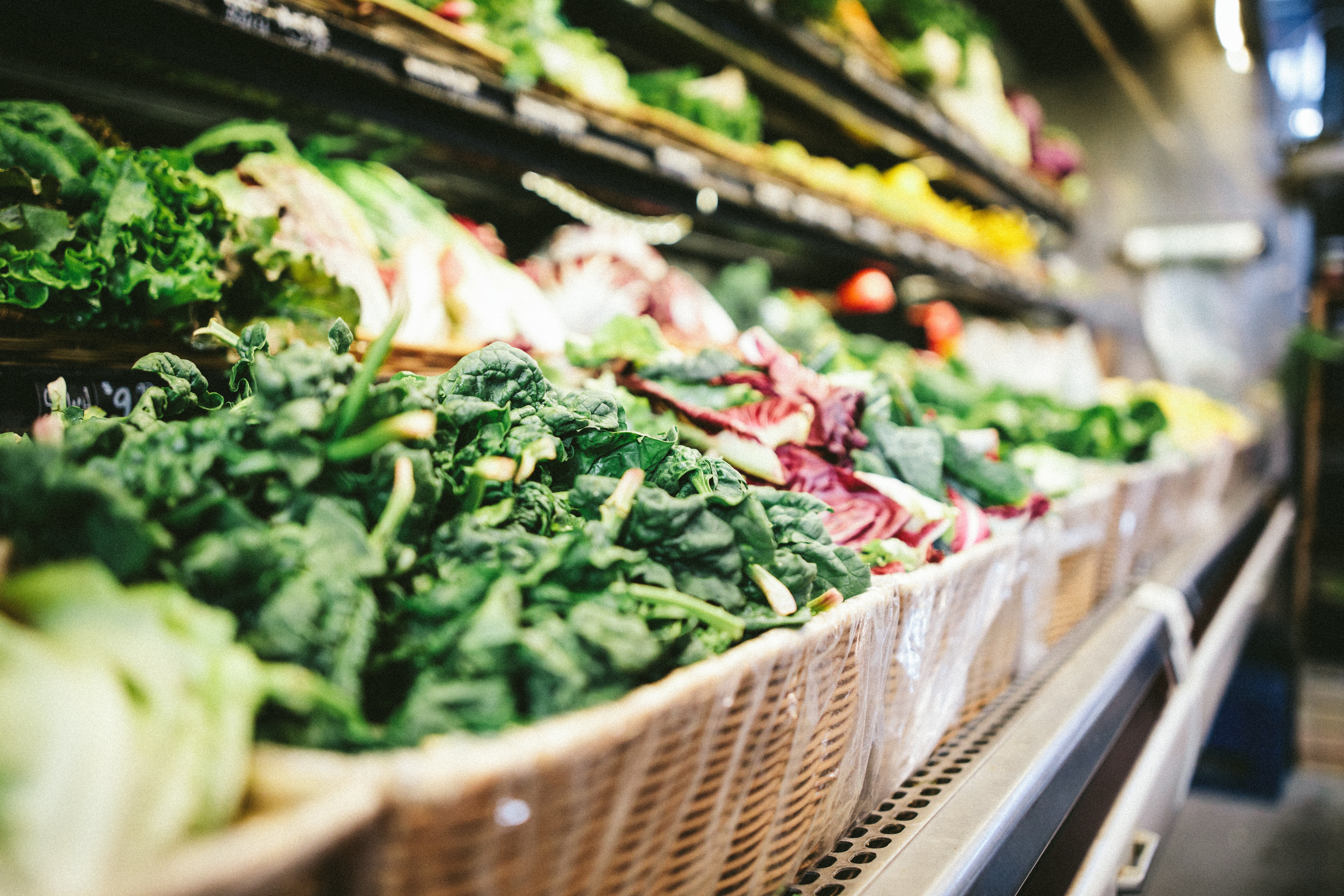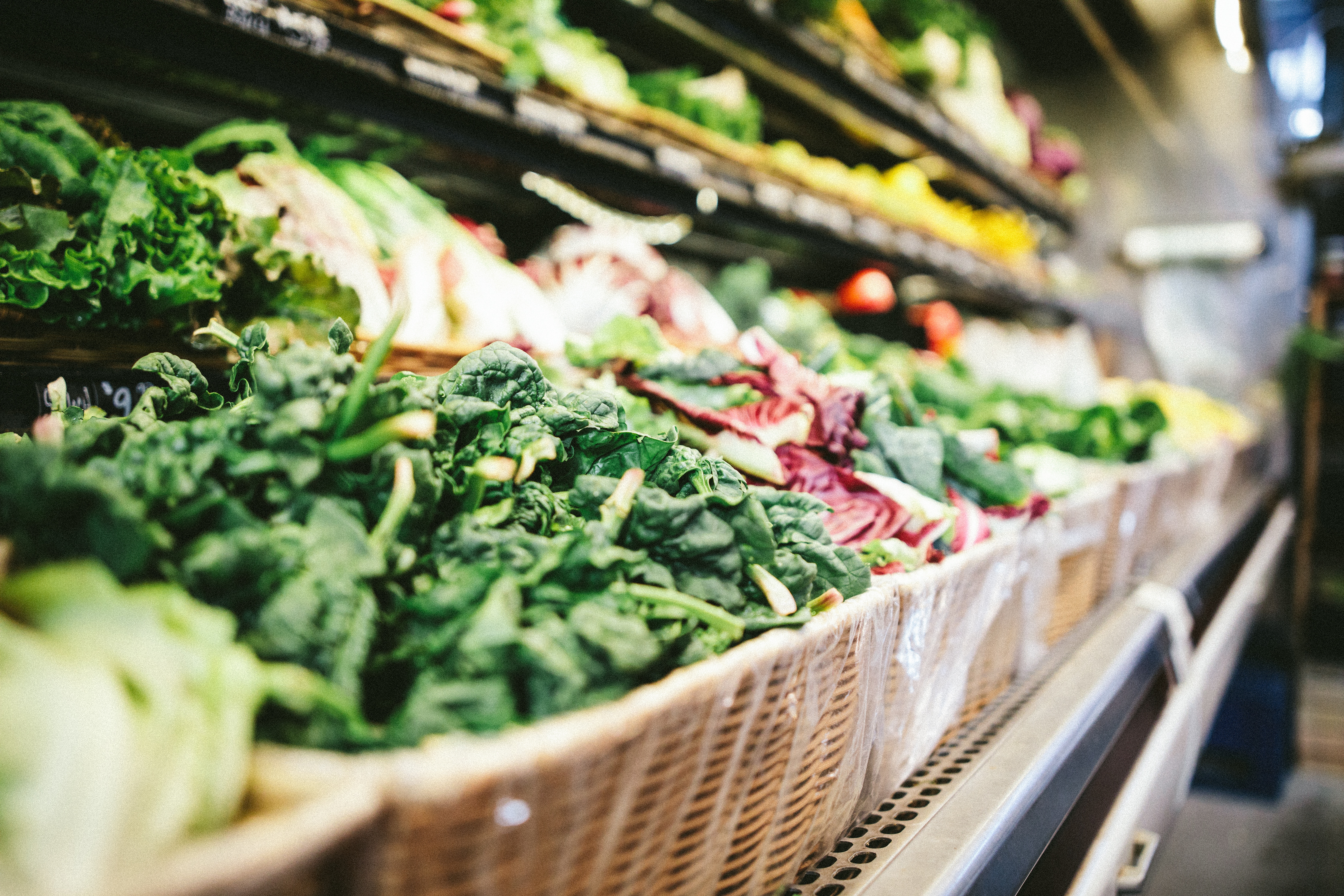Have you ever seen a product at a certain price and you see that no one is buying it? Or on the other hand it is flying off the shelves at an unusual pace? That’s price elasticity of demand in full effect. The question is, what is price elasticity and who should care about the concept? Price elasticity of demand is an economic measurement used to calculate the change in supply and demand based on the change of a price point. If the price of a certain item rises by a certain percentage, the customer may no longer decide to purchase that item – even though they still have the same demand. Knowing what this point is, is fairly important not only if you’re an everyday food shopper but if you’re a food store owner or specialty food merchant who cares about the costs of food.
Why you should care about price elasticity
The concept of Price Elasticity of Demand sounds like a complicated one but, in reality it’s not. If you’re a business owner or hope to one day start a business this something that you should start familiarizing yourself with. Amy Gallo, from the Harvard Business Review, sat down with Harvard Business School lecturer and author Jill Avery, to speak about the importance of price elasticity of demand in marketing and in business in general.
With price elasticity, it is a mechanism used to test if your product or service is considered a priority/necessity or a luxury. As a business owner, it’s important in which side of the spectrum you fall into, elastic (you can change the price a lot and customers will still purchase) or inelastic (if you change the price even a little, customers will decide not to purchase).
Many things play into elasticity for example, your target audience, the health of the economy and also competition. As Avery mentions, “It’s an important metric to watch because your product may become more elastic if a competitor starts offering compelling substitutes or consumers’ incomes go down, making them more sensitive to price.”
The formula for calculating the price elasticity of demand:
Harvard Business Review
Example:
Let’s say you’re in the custom furniture business and you raise the prices of
-0.1/.5 = -0.2 or 0.2
This shows that your price would be elastic, proving that if you increased the price there would still be a demand for your product.
Mistakes to avoid when calculating pricing
When calculating the price elasticity of demand it is important to not just rely on your calculations, it is just one step of the whole solution.
Customer behavior is something to take into consideration. As Avery mentioned in the article, it is easier for a customer to say they won’t buy something at a particular price, but when they’re at the shelf they may act differently.
Something to avoid as well is not taking samples of customers behaviors with price fluctuations. Avery recommends that you list a product at one price and record how customers react and then change it to another to see if they act differently. Many businesses conduct their samples of consumer response when they increase or decrease their prices by 5% to 20%, anything more than would be considered extreme and could hurt your sample experiment.
Elastic or Inelastic?
As I mentioned earlier you need to make sure if your product is elastic or inelastic but, what is elastic or inelastic? According to the United States Department of Agriculture’s Food Analysis, food is said to be elastic when its own-price elasticity is greater than 1.0 and inelastic when its own-price elasticity is less than 1.0. Products that would be considered elastic would be products or services that have plenty of substitutes, for example furniture, vehicles, transportation services, or professional services. On the other hand, items or services that don’t have many replacements would be gas, electricity, and water. Food, on the other hand, falls in both of these categories but, what foods are elastic or inelastic?
In the world of unique specialty items, the rules of elasticity apply. LumeLearning gave a great example what makes an item elastic or inelastic, with coffee. Many coffee shops have developed a special connection with their clientele, a loyalty between customer and company that is implemented to reduce substitutes. Starbucks, for
Most and Least Elastic Foods
A study was published in 2012 by the International Association for the Study of Obesity explaining the price elasticity of demand for selected beverages, fast food, and fruits and vegetables and how they would be affected if taxes were to rise on these items within the United States from 2007 to 2012. The study showed that foods that were in higher demand, for example fruits and vegetables had the lowest estimates, with a range of -0.26 to -0.72 vegetables and -.0.26 to -0.81 for fruits. From this information you could also place foods like artisan food and plant-based foods into this category. On the other hand, sugar-sweetened beverages experienced the highest estimate of elasticity, ranging from -0.71 to -3.87.
How to raise prices on food items
With some of the basic knowledge of how price elasticity of demand works you can start an approach and plan out how to raise prices and by how much. A great first step is to understand where does your business stand and who is your demographic? Let’s use independent grocers and specialty food stores who specialize in artisan foods and gourmet foods as well. The typical customer in this customer is willing to spend more on food for reasons relating to nutrition, quality, and many more. Stephen Ball, from MB Financial Bank, wrote an article on the principles of how to raise prices without losing customers:
Follow what the market tells you
In the world of specialty foods, you shouldn’t always care about what your competitors are doing because all stores and shops are unique and may specialize in different areas. With that being said, it is important to keep up with your competitor’s prices. Being the cheapest in the market is never a good thing to be labeled no matter what industry you’re in. It’s always a great idea to stay competitive in not only quality but, in price.
Explain your costs
We all know that aged meats, artisan cheeses, or crafted beers take time to make. With that time invested comes costs and expenses. If prices are to rise the best thing to let customers know is that your prices will be rising to not catch them off guard. Also, explain to your customers why they’re rising, explain how these rising prices are for the good and how they are going to benefit the quality of the product.
Adding extras and improving
With prices going up that means more cash will flowing through your business. Use the cash wisely and show customers that the profits being made are being invested properly. For example, bring your shop onto a digital platform that offers services that may benefit your customer, given them an experience they’ll value.
Price elasticity of demand mind sounds like something only an economist or a marketer might use but in reality, everyone who has a product or service should be using. In the times that we’re living competition is at its all-time highest. It’s critical for any business to be knowledgeable of how prices will affect their, how to raise prices and when to raise prices. It is also important for a business to not only rely on their calculations but, to also rely on customer’s behaviors. If a customer is willing to pay a certain price one day it is not guaranteed that they will be willing to pay the same the next day. The main goal for any business is to grow and to provide a great customer experience.








